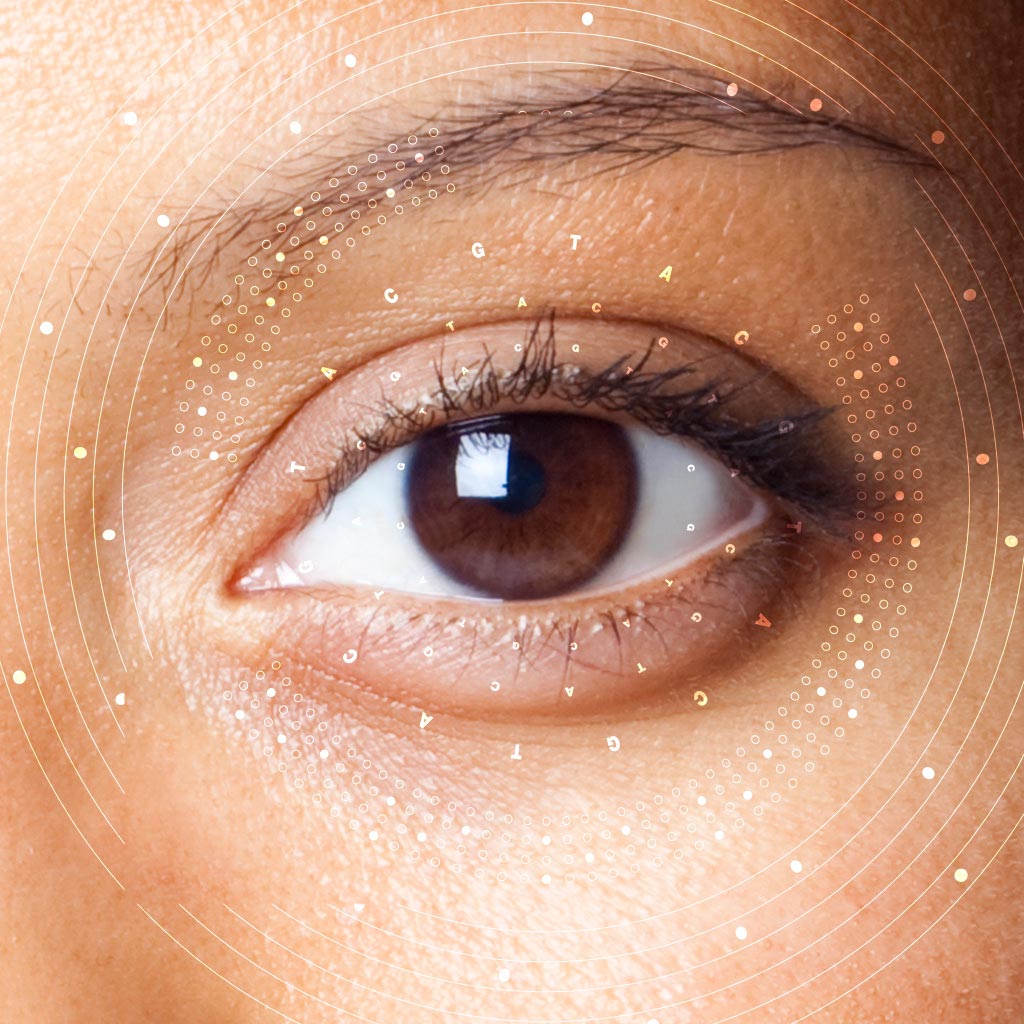
Recognizing the increasing importance of genomics to everyday life, the National Human Genome Research Institute (NHGRI) aims to help increase the public's understanding of the human genome and the science of genomics. This is being pursued through a growing portfolio of education and outreach programs - most recently, this involved the production and release of five new educational videos.
The origins of these new videos trace back to the collaboration between the Smithsonian Institution's National Museum of Natural History (NMNH) and NHGRI, in partnership with the Foundation for the NIH (FNIH), to create the state-of-the-art exhibition Genome: Unlocking Life's Code. The exhibition, which opened five years ago in Washington, D.C. and has been touring North America since 2014, examines the complexities of the human genome and highlights the remarkable breakthroughs that have taken place since the completion of the Human Genome Project. In addition to the actual exhibition, the parternship has continued to spin off additional educational resources.
When NMNH and NHGRI were developing content for the Genome: Unlocking Life's Code exhibition in 2012, the History Channel agreed to contribute video interviews of luminaries in genomics, enlisting producer Kate Raisz of 42 Degrees North Media to create four short videos that chronicled the history of the Human Genome Project and speculated about the future of genomics. Those videos, which play a prominent role in the exhibition, feature people such as President Bill Clinton, James Watson, Francis Collins, Maynard Olson, John Sulston, among others.
The actual video interview of each participating individual was well over an hour in length, but the small segments included in the exhibition were as short as a few seconds - leaving large amounts of fantastic content 'on the cutting room floor.' The remaining footage included valuable content, so NHGRI recently collaborated with Kate Raisz and 42 Degrees North Media to create an additional set of long-form educational videos. This collaboration yielded five new videos, two of which use footage from the original History Channel interviews; the other three new videos harnessed the creative talent of Kate and 42 Degrees North Media, especially in storytelling and animation.
The first video, 'Lessons from the Human Genome Project,' highlights some of the most significant lessons learned from the Human Genome Project. This video is based on a 2015 Nature Comment written by Eric Green, James Watson, and Francis Collins. 'The Poetry of the Human Genome' uses video clips of well-known scientists and politicians to describe some of the inspiring and beautiful aspects of the human genome.
'The Human Genome Project: Who Do You Think We Are?' describes the efforts of The DNA Discussion Project, an effort that aims to encourage a greater understanding of genomics, the social construct of race, and the perception of ethnicity through the experience of taking DNA tests to decipher one's ancestral origins. 'Zarko's Story: Genomic Medicine in Action' reveals the experience of a patient with a previously undiagnosed disease; through genome sequencing, doctors discover a mutation that helped identify a drug treatment for greatly improving his life. Lastly, the animated "Genome + Environment = Dance!" video takes the viewer through a journey illustrating the interplay of genomics and the environment in influencing our health and well-being.
These five videos were first unveiled as a part of the recent '15 for 15' Celebration, which commemorated the 15thanniversary of the completion of the Human Genome Project by highlighting 15 ways that genomics has and will continue to transform our world. The videos can be found on the '15 for 15' Celebration webpage, in addition to the NHGRI GenomeTV channel of YouTube.
![]()






